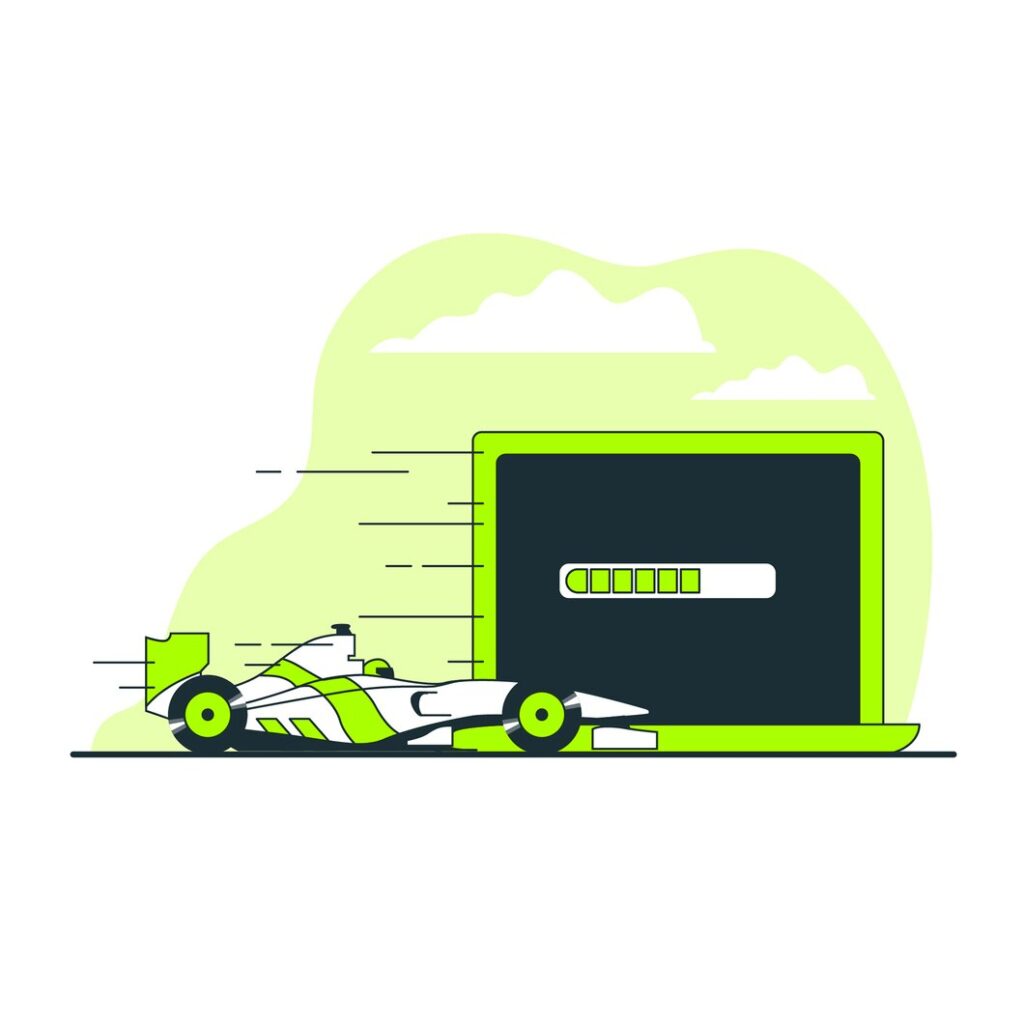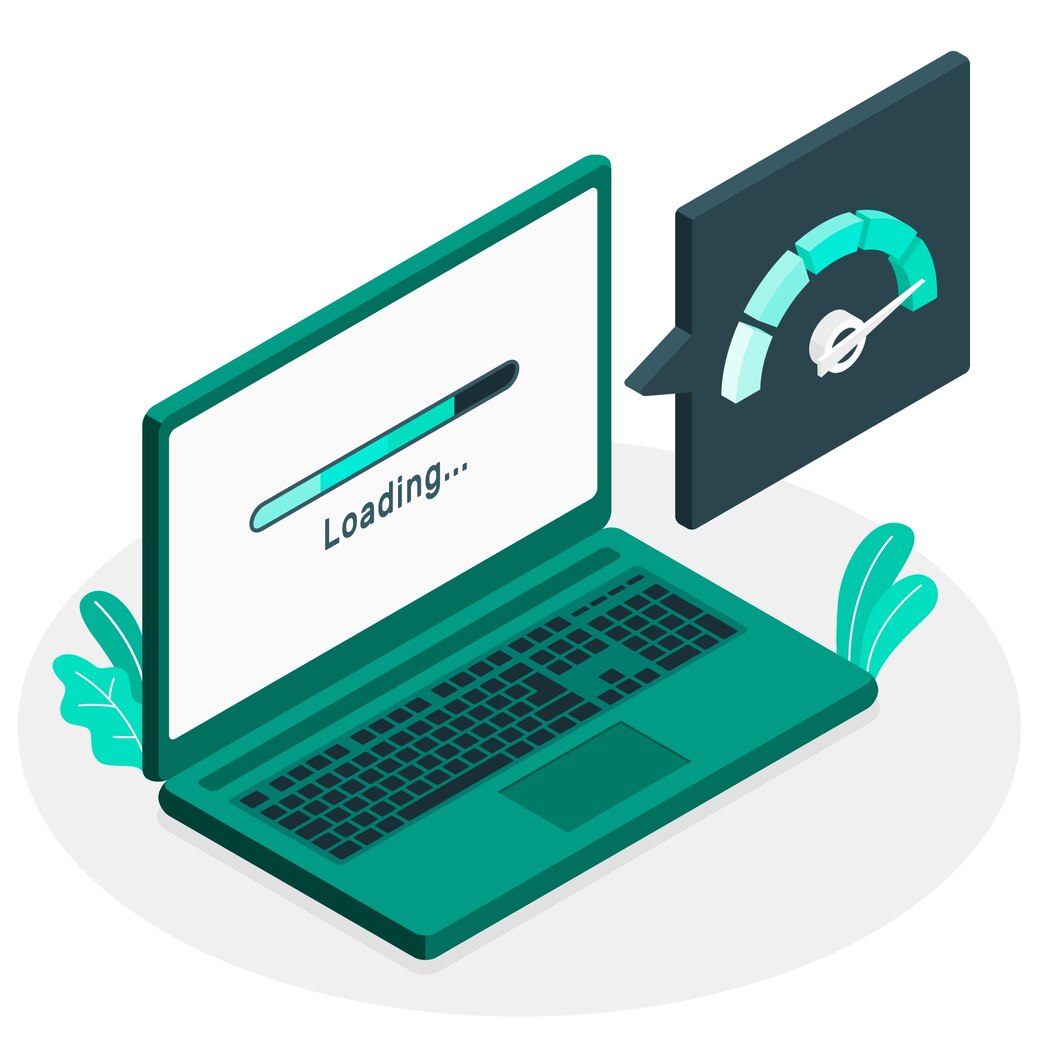How to Optimize WordPress for Speed Without Plugins (Step-by-Step Guide)
WordPress optimization can generally be defined in two ways. Making your website load fast and performing any functions effectively is one. This improvement helps in offering a better user experience and better SEO rank. Maintaining a well-performing website requires reducing page load timing which can cause visitors to lose interest and bounce off.
A lack of users could torment users due to slow Websites that could damage your business. Research suggests that if a site takes too long to load, users quickly browse away. Faster sites attract better traffic, more engagement, and an increase in conversions.
Read Also https://learnonline.click/how-ai-tools-are-transforming-content-writing-and-software-development/
If you’re looking forward to speeding up your WordPress blog, you probably want to do that by cleaning out the image stock, cleaning up the database, and fine-tuning the code. The guide will assist you with the simple steps for it to be done manually, with no additional plugin other than some clever optimizations.
Why Consider Plugin-Free Optimization?

When additional scripts and database queries are added, then it is common knowledge that plugins can cause utmost sluggishness to WordPress sites. Installing too many plugins can slow down the server and also cause compatibility issues. This directly affects page loading time and may yield an undesirably bad user experience. Eliminating and installing unnecessary plugins helps in accomplishing faster execution of the WordPress site and assisting in an overall easier transformation.
Manual optimization gives you full control over website performance. You can compress images, minify code, and clean up the database without extra tools. This reduces security risks and improves loading speed. A lightweight, well-optimized site performs better and ranks higher in search engines.
Choose Hosting Wisely

Always choose a reliable web hosting platform. A major factor in the speed of your WordPress website is your hosting provider. A slow or shared hosting plan can cause performance issues. Choose a reliable hosting service that offers the following:
- Fast servers with SSD storage for quicker load times.
- Good uptime to keep your site running smoothly.
- Scalability to handle traffic spikes without slowing down.
How to Optimize WordPress for Speed Without Plugins (Step-by-Step Guide) The best way to ensure that you are achieving good speed, all-the-time security, and a desirable user experience is to pay for top-order hosting.
Opt for HTTPS vs HTTP

By shifting to HTTPS, your WordPress site will become faster and more secure. It encrypts data, protecting user information. Google also ranks HTTPS sites higher in search results. Benefits of using HTTPS include:
- Better security by preventing data theft.
- Improved SEO as search engines prefer secure sites.
- Faster performance with modern protocols like HTTP/2.
You can get a free Let’s Encrypt certificate from your Host to have HTTPS active in no time.
Consider Core Web Vitals
Core Web Vitals refer to assessments of the speed, responsiveness, and visual stability of websites. This holds the importance for improving as they are vital for website ranking by Google. The three key metrics to focus on are:
- Largest Contentful Paint (LCP): Measures loading speed.
- First Input Delay (FID): measures the responsiveness to the actions taken.
- Cumulative Layout Shift (CLS): To avoid sudden shifting of pages.
Cultivating these facts will result in moving up in the SEO ranks.
Update to the Latest PHP Version
Older versions are slower and can have vulnerabilities. Benefits of updating PHP include:
- Faster performance with better processing speed.
- Improved security by fixing known threats.
- Better compatibility with themes and plugins.
Check your hosting panel to update PHP and keep your site running smoothly.
Use a CDN
A CDN helps a WordPress site load faster by having several servers around the globe store copies of your site’s content and deliver it whenever users request it. Benefits of using a CDN include:
- Faster loading times by delivering content from the nearest server.
- Reduced server load by distributing traffic.
- Improved security with DDoS protection, and data encrypted.
CDNs such as Cloudflare and BunnyCDN are snappy and fast.
Carefully Consider WordPress Themes
You are ultimately looking for a good support system provider for securing your website from hackers. Heavy themes with too many features can slow down loading times. When choosing a theme, look for:
- Lightweight design with minimal code.
- Fast loading speed for better performance.
- Mobile responsiveness helps the users.
If the theme is minimal, greatly codified, and most certainly not low for loading the browser, things will run quite swiftly on your page.
Optimize Images
Optimizing them reduces file size without losing quality. Here’s how to do it:
- WebP is better than JPEG or PNG format files.
- Resize images to fit your site’s layout.
- Enable lazy loading to load images only when needed.
Properly optimized images improve speed and user experience.
Enable Gzip Compression
Gzip contains file sizes and aids the speed of the WordPress portal. In the case of JavaScript, it is minified, and the code is further compressed by utilizing obfuscation and Closure Compiler level II, which are some of the essential minify algorithms. Benefits of enabling Gzip include:
- Faster loading times by reducing data transfer.
- Lower bandwidth usage to save server resources.
- Better user experience with quicker page speed.
You can enable Gzip by adding code to your .htaccess file or using your hosting settings.
Activate Browser Caching
Browser caching not only serves to accelerate WordPress sites by saving static files on visitors’ devices. It will speed up the loading time for returning visitors to your website. Benefits of enabling browser caching include:
- Faster page loads by reusing stored files.
- Less server load by reducing repeated requests.
- Better user experience with smoother navigation.
Editing the .htaccess file is one way to enable caching; however, there is usually a setting in your hosting panel for setting caching.
Remove Unused Plugins
Too many plugins slow down your WordPress site and create security risks. Removing unnecessary ones improves speed and performance. Here’s why you should clean up plugins:
- Faster loading times by reducing extra code.
- Better security by eliminating outdated or vulnerable plugins.
- Lower server load for smoother site performance.
Regularly review and delete plugins you don’t need to keep your site optimized.
Move JavaScript to the Footer
Placing JavaScript in the footer helps your WordPress site load faster. It prevents scripts from blocking the page while loading. Benefits of moving JavaScript to the footer include:
- Faster page rendering by loading content first.
- Improved user experience with quicker interactions.
- Reduced load time by delaying non-essential scripts.
JavaScript can be moved by editing theme files or by using the wp_enqueue_script function.
Use Google Tag Manager
Google Tag Manager allows you to handle all the tracking codes for your WordPress site efficiently and without affecting performance. It loads scripts efficiently and reduces the need for multiple plugins. Benefits of using GTM include:
- Faster site speed by handling scripts in one place.
- Easy tag management without coding skills.
- Better performance by reducing unnecessary scripts.
Using GTM keeps your site lightweight and improves loading times.
Final Thoughts
How to Optimize WordPress for Speed Without Plugins (Step-by-Step Guide) Optimization of WordPress for speed without the assistance of plug-ins is easy and highly effective. Performance may be substantially improved by compression of images, enabling caching, etc. Webmasters, marketers, and SEO pros know how critical it is to come up with a fast site.
There’s barely any significance of small human effort for loading speed. Another option would be to render lightweight themes, fine-toothed coding, and efficient hosting. A dozen things you could manually perform to enhance performance would need to be uploaded.


